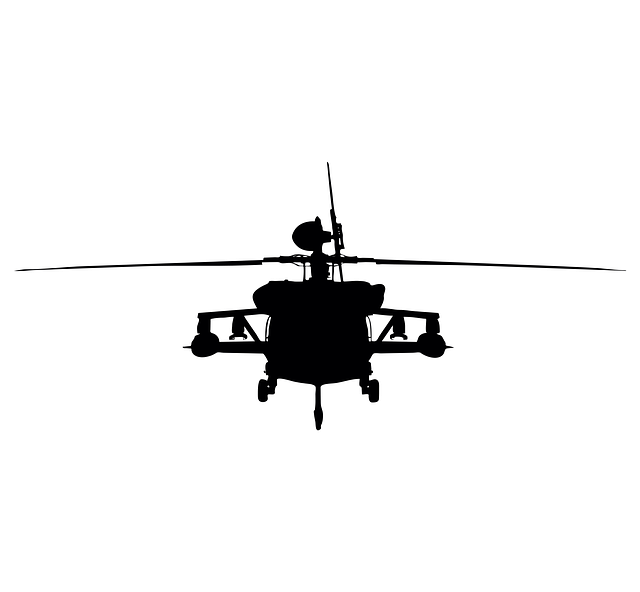The Vietnam Air War is remembered for the many incredible aerobatic feats performed by Vietnamese pilots under unequal conditions of confrontation. They displayed amazing valor and courage, using their skills in the air to demonstrate outstanding professional training.
The Vietnamese pilots avoided direct confrontations with the more powerful American fighters, preferring maneuvering and tactically sophisticated techniques. They used maneuvering techniques to get out of the kill zone and return to the attack. Such maneuvers required high precision and piloting skills.
One of the most famous feats was the “Halkins Maneuver,” when the pilot of a Vietnamese fighter, once in the kill zone of an enemy missile lock, braked and turned sharply, forcing the missile to move away. This demonstrated supreme piloting skill and decision-making ability in stressful situations.
The Vietnamese pilots’ exploits became a symbol of the nation’s determination to defend its land. They showed that even in situations of technical inequality, it is possible to succeed through skill, daring, and the ability to capitalize on strengths. This category highlights the heroic behavior of the pilots and their contribution to the outcome of the air war.
